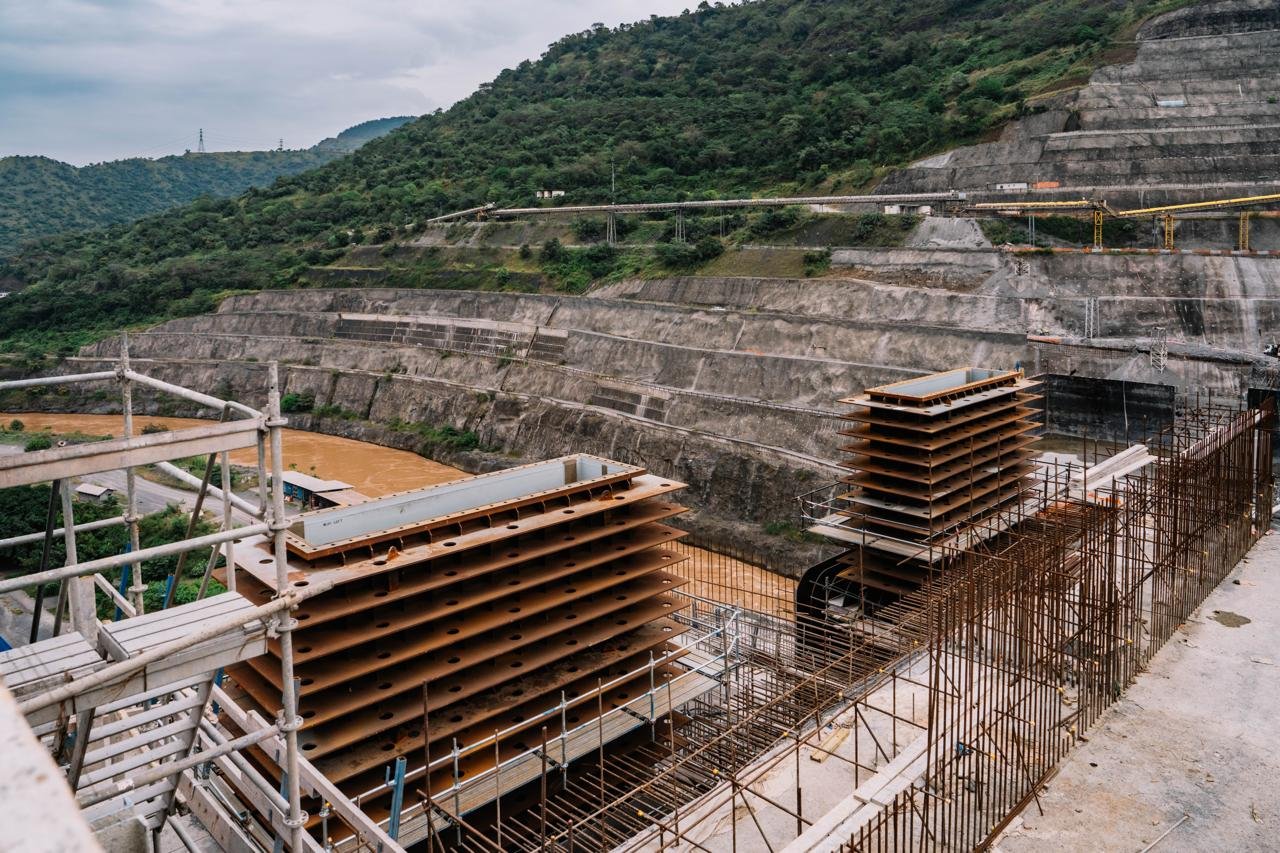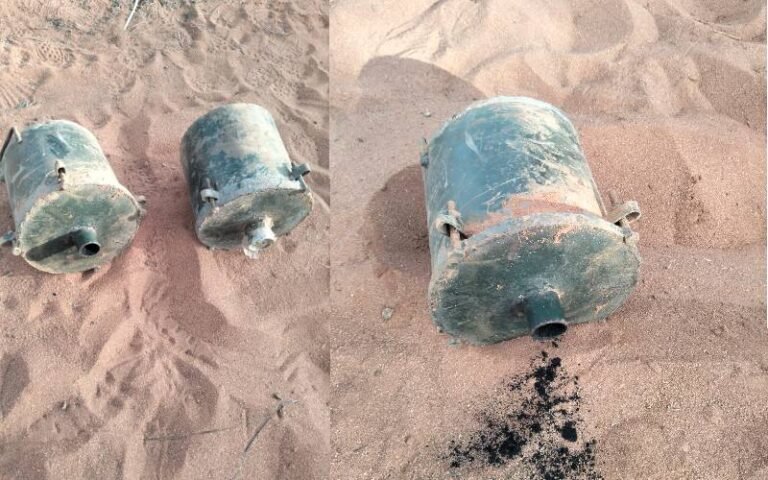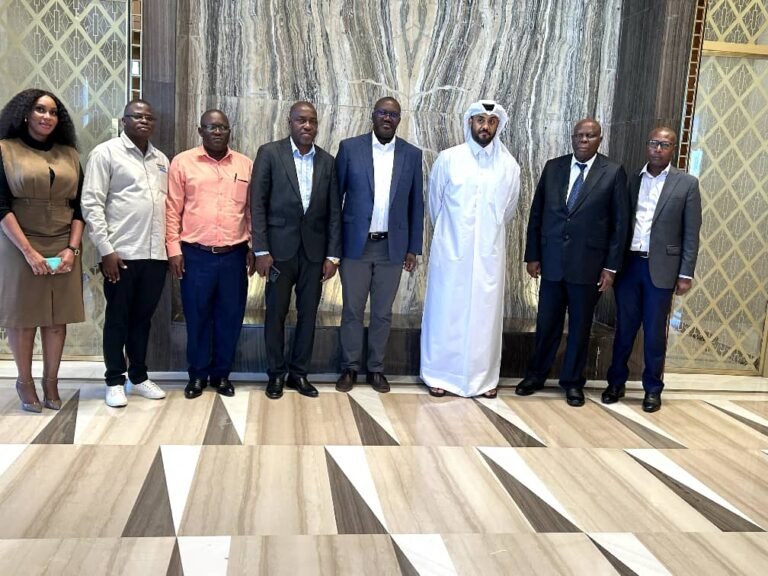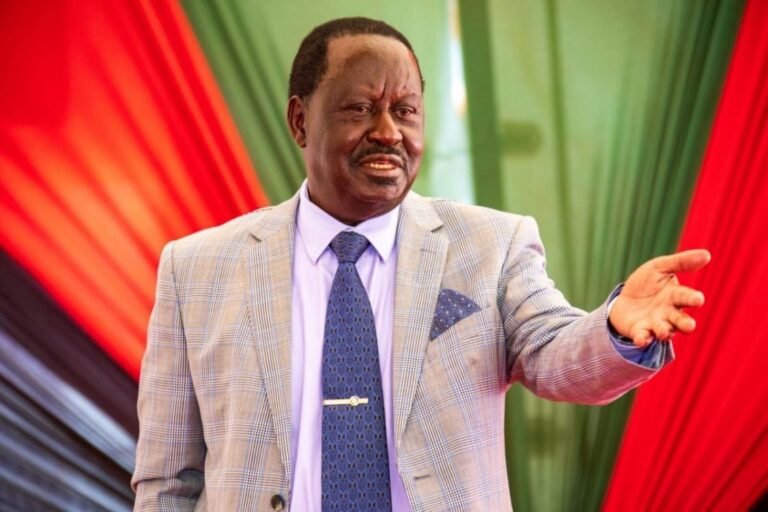
Ethiopia’s Koysha Hydroelectric Project Reaches 70% Completion, Sparks Hope and Concern
Ethiopia’s massive Koysha Hydroelectric Project (HEP) has reached a significant milestone, with civil works now 70% complete. The $2.7 billion dam, situated on the Omo River, is the country’s second-largest hydropower initiative and is poised to be a major driver of Ethiopia’s energy and economic ambitions.
According to an announcement from the Office of the Prime Minister, the project is located near Koysha Village in the South West Regional State, approximately 129 km downstream of the existing Gibe III dam. Upon completion, it will add a substantial 1,800 MW of installed capacity to the national grid. The government estimates the dam will generate approximately 6,344 GWh of electricity annually.
Officials highlight the project’s potential to provide clean, reliable, and affordable renewable energy, which is critical for powering households, small businesses, and industries. The Koysha HEP is a cornerstone of Ethiopia’s strategy to become a regional electricity export hub, with plans to supply power to neighboring countries such as Kenya and Djibouti.
However, the project’s progress is not without controversy. As reported in news summaries, communities downstream in Kenya, particularly those around Lake Turkana which relies on the Omo River’s flow, have expressed deep concerns. They fear that the dam could reduce river flows, negatively impacting local ecosystems and the livelihoods that depend on them. These groups are calling for heightened dialogue and cooperation between the Ethiopian and Kenyan governments to address potential ecological and social impacts.
While Ethiopian authorities emphasize the project’s ecological safeguards and its role in stimulating socio-economic development, the situation underscores the complex balance between national energy gains and transboundary environmental considerations. The story continues to develop as the project moves closer to completion.







